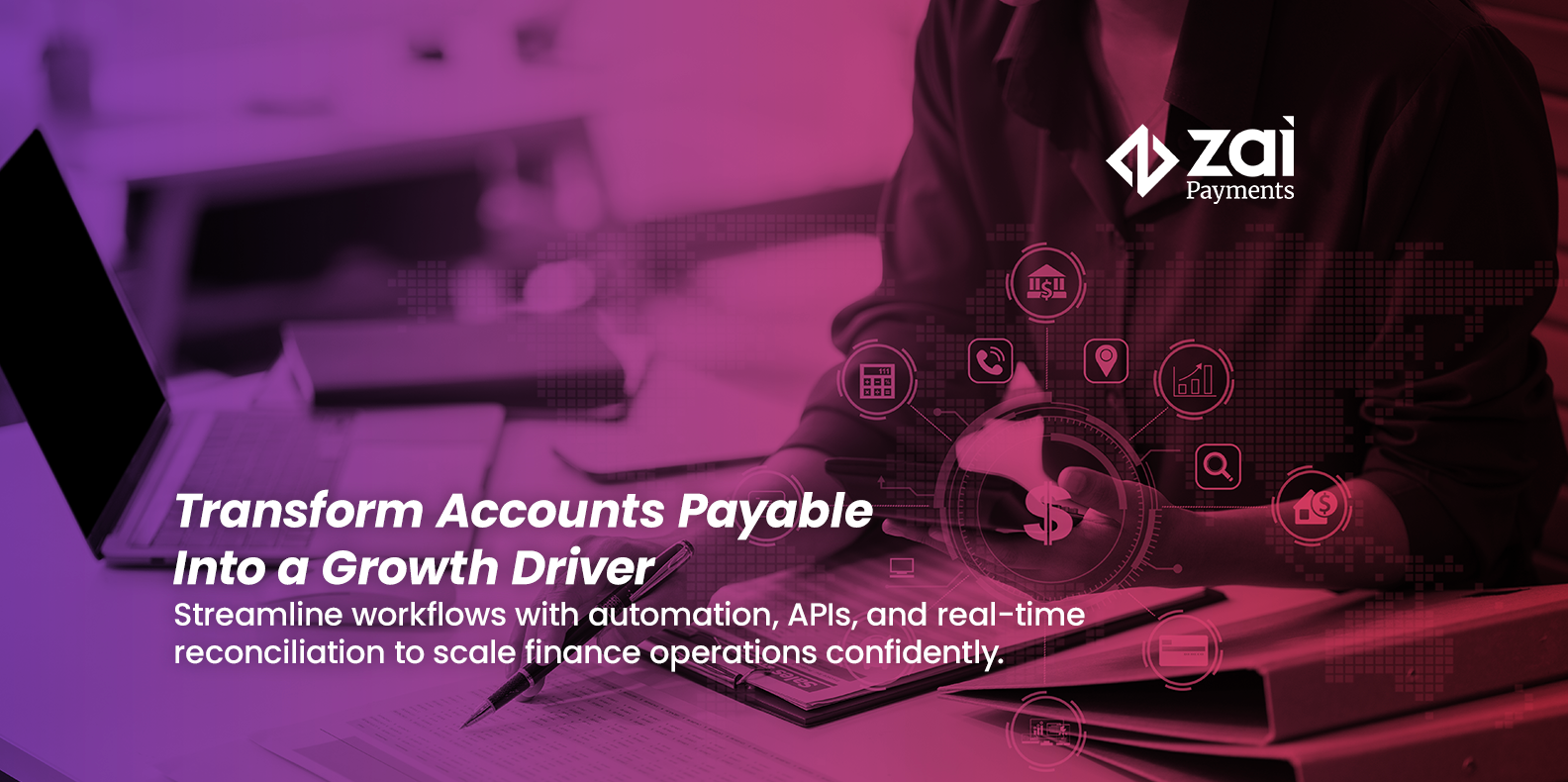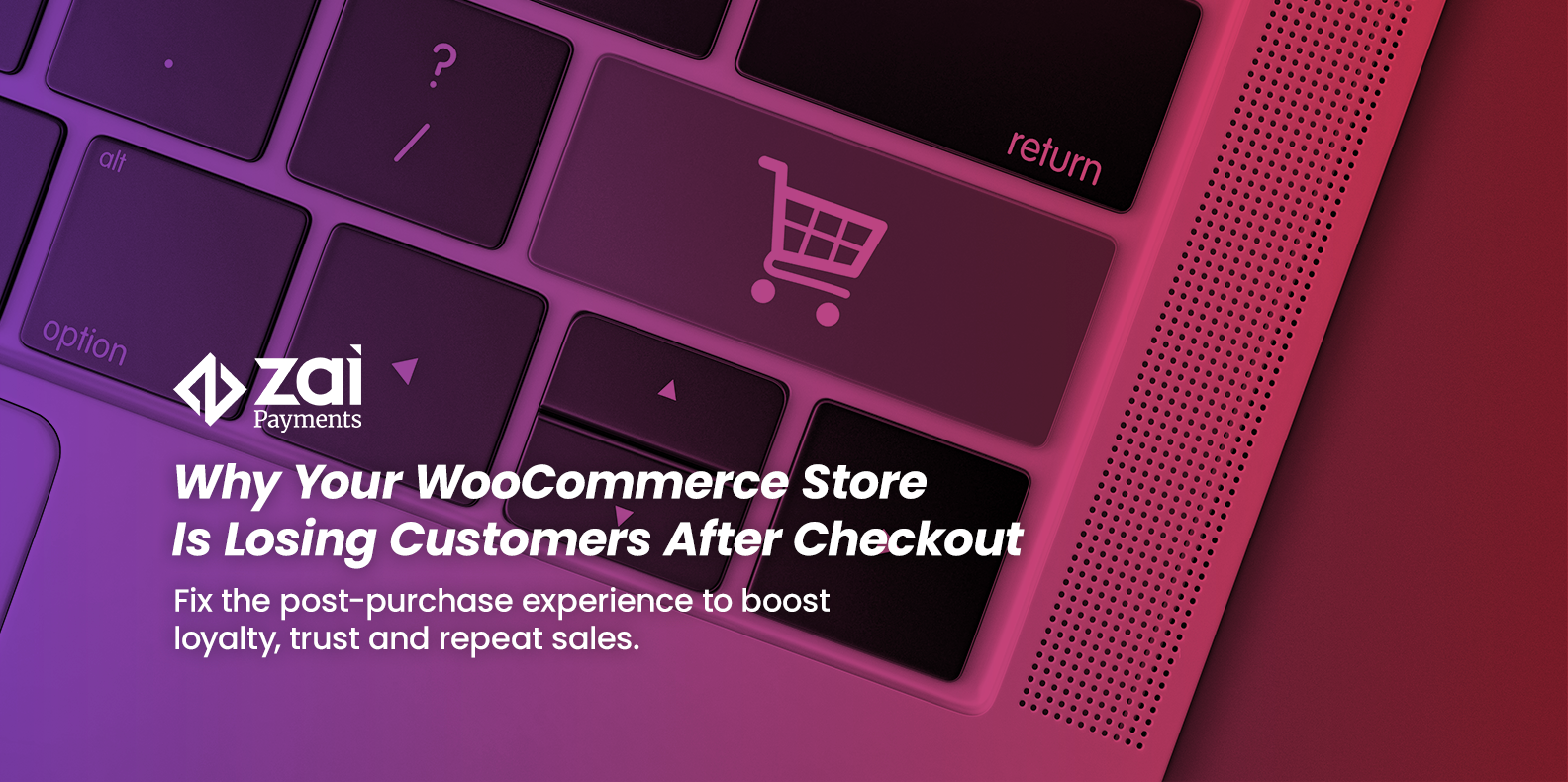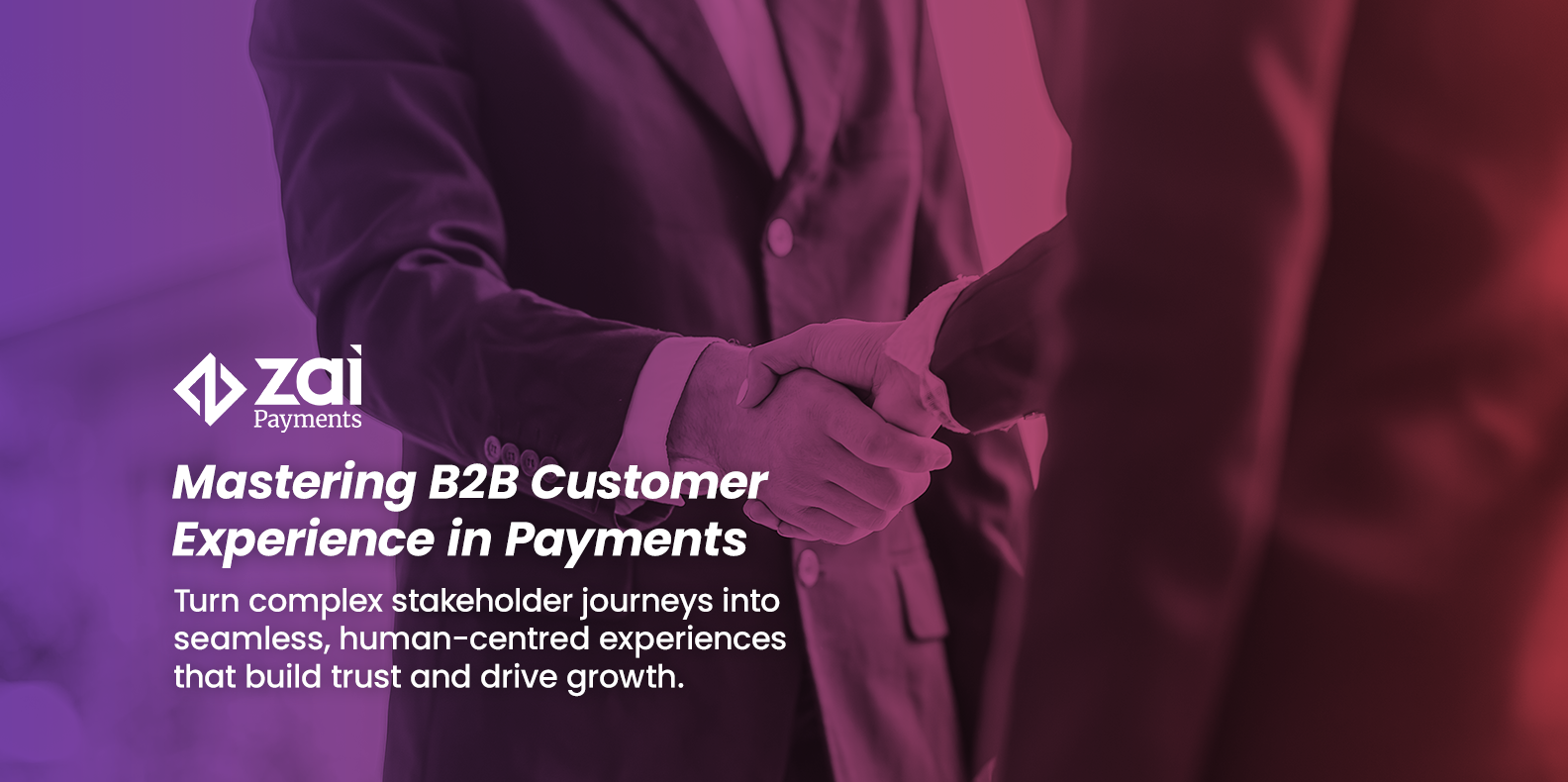Customer centered. Customer centric. Customers first. In recent years, management has been blanketed with coverage reminding them just how important their customers are -- and how important it is to elicit accurate feedback from customers about their needs, wants and experience if a company is going to improve and thrive as it plans a business transformation.
What’s behind this emphasis on the customer? It’s not as if companies didn’t care about customers in the past. It likely has a lot to do with the fact that it has never before been so possible for enterprises to really find out whether customers’ needs and wants really were met by what companies provided.
Before the internet and the cloud, the information businesses had to work with tended to be tied up in individual accounts, and spread across different parts of an organization. There were no customer relationship management platforms, targeted emails, heatmaps, usage statistics, or similar fine-gauge methods. There may have been notes on phone calls or other meetings, as well as order history. But little beyond that.
Now, we have so much more data, and of course it takes a sustained effort to make sense of it. But if companies can manage this, they stand to gain a much better understanding of the experiences they are providing -- and the customers they are providing them to.
Meeting your core customer
As part of this process, it’s also important to think about who your core customers are. Only then can you begin to think in detail about how such customers can help you drive a business transformation.
It is true that all segments are worth knowing about - those who aren’t major customers might be in the future. Still, it’s important to know which customers are most likely to be there for the long haul, as well as which ones are the most important to you on a day-to-day basis.
Targeting customer expertise
So if you need customer feedback to plan a successful business transformation, what are the best ways to obtain it? If you aren’t sure where to start at your organization, it’s probably best to go broad first, with quantitative research to help you better understand the needs of your major customers and how well your product has succeeded at solving their needs. What do your biggest customers have in common? How long have they been customers, and how long do they usually stay? And what sort of things drive them away.
Once you have some quantitative underpinnings, it’s time to get granular, looking at individual clients for qualitative insights you can use. Here are a few time-tested, customer-centric tactics that continue to work well:
For many businesses, meeting customers at trade events, fireside chats, and other venues have been an invaluable place to begin a customer-driven transformation. For many of us, coronavirus concerns have made such options difficult or impossible in the short term, but virtual meetings can help fill in the gap for now, while also emphasizing to customers that you remain here for them. Incidentally, such methods can also be a part of companies’ digital transformations, since it allows them to expand beyond their current territory.
Nobody calls customer support for fun, and that’s why it’s such an essential part of knowing what customers are really experiencing. What made them contact you, and how long did it take? What do they wish you did better? If you need to know customer pain points, studying findings from support is essential.
Although surveys have to be administered carefully to avoid fatigue and to get accurate and meaningful numbers, they remain an effective way to gauge your skill at alleviating customer pain points. Feedback sessions, a close relative of surveys, can also help you go into more depth on what features need enhancements, and where support and service fell short.
Using customer insights to evolve your business
After you have used both qualitative and quantitative methods to gather data on the issues customers have had with your product or service, it’s time to figure out how to fix the most important ones. As always, prioritization is an art. Here are a few examples of the direction your findings may take you:
Tweaking your product offerings
. For one fintech, its budgeting tool and the ability to make some payments via its platform turned out not to be enough. Interviews with target customers quickly revealed that the real pain point was the payday gap -- getting a short-term advance before their paycheck went through. Customers could only obtain such advances by paying high interest rates via payday loans from big institutions -- hardly a great experience. But here was an opening for the fintech to both help existing customers, and to use its skills at digital transformation to expand its base to the many others facing a payday gap who’d been ill-served by the competition.>
Improving existing service
. For payment service providers, speed is essential, especially if their core customers include cryptocurrency exchanges and similar businesses. They need to ensure that for their end users, such as cryptocurrency traders, being able to deposit and access funds quickly is crucial, and sometimes the difference between making a profitable trade and losing money. Have you done enough to make sure that your customers get what they need from the service you provide?
Planning ahead
. Before a customer-driven transformation can take hold, you’ll need to make sure your whole company is ready. For instance, if a major pain point is that customers can’t reach you due to limited service hours, what would a good response look like? You may opt to open a support centre in another part of the world to take advantage of the time zone difference, or look at adding hours or staff to your existing support team.
Customer-centric payoffs
Any business transformation driven by the needs and desires of its most important customers will help an organization succeed.
-
It will make you more agile
. A customer-driven transformation lets you know how you need to change, and what changes need to keep happening to stay on top of their evolving needs. -
It will surprise and delight your customers
. By focusing on what will most help them, and then executing that effectively, you will reap the rewards of happier, more satisfied customers -- your most effective way to market to others like them. -
It will bring in more money
. Customers who are happy are also loyal, as well as less price-sensitive than those who always have one longing eye on competitors and their services. You’ll be building a moat around the products and services you offer by trying harder and simply being better than the other guy. Besides the process efficiencies you develop as you do so can have a direct effect on customer lifetime value. -
It can also help you expand your customer base
. You can use the knowledge gained while helping your core consumers to attract others. Nothing succeeds like success.



